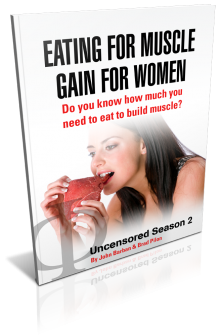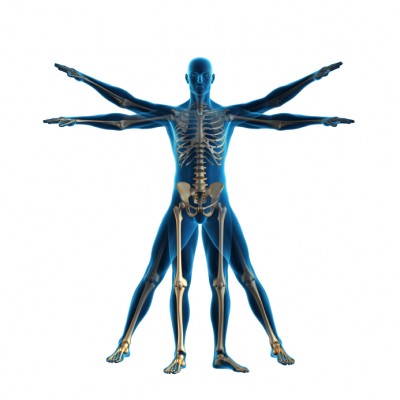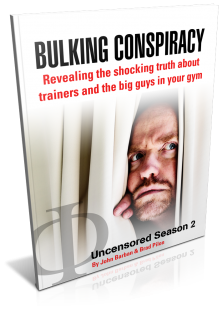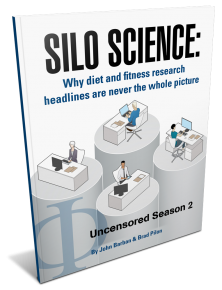Here’s the next episode of the UNCENSORED Podcasts Season 2.
Today’s topic: The Downfall of Hero Worship
Bigger, Faster, Stronger… but at
what cost?
In the world of entertainment and sports, performance means everything. So much so that the individual’s who have achieved a superior level of performance in their respective profession are often referred to as a “Hero” by fans and followers alike.
There is no doubt that they have dedicated a tremendous amount of time & effort into becoming the “very best” at what they do. Although this is quite admirable, is it wise to compare ourselves to our favorite hero?
This podcast is unique, because it was spurred from another podcast in which Joe Rogan (from The Joe Rogan Experience) in a highly controversial interview with Victor Conte (from the BALCO scandal) , reveals the widespread use of doping and performance enhancing drugs (PEDs) in entertainment and sports.
This is one of the many examples in which the views and opinions of our favorite heroes have become jaded once discovered that PEDs played a role in their success.
So…How does Hero Worship skew the reality of our physique goals?
These questions and much more will be answered in John Barban’s & Brad Pilon’s discussion on “The Downfall of Hero Worship.”
They will provide further insight and analysis into this growing investigation of PEDs and what it means for the person whose looking to improve upon their physique.
In today’s UNCENSORED training, you will also discover:
- Why your favorite hero should serve as a source of inspiration, not imitation
- Why self-diagnosing will become more prevalent as science and technology develops
- What are the benefits of Vitamin & Mineral Profiling
- How genetics play a role in achieving optimum performance
- The impact of The “Use or Lose” Mentality on entertainment & sports
- How different athletes’ are tested depending their sport
- The Culture Difference between “Bodybuilding” and “Entertainment/Sports Performance”
- If strength will help determine your looks
- How to determine your ideal Body-Image Model
- What are some of the benefits of a Transformation Contest
- The psychological impact of taking progress pictures and undergoing a photoshoot
IMMERSION Clients May Login and Download Podcast Here
Not a Venus Index IMMERSION client? Click here to find out more… and hear a weird story too

















New Comments